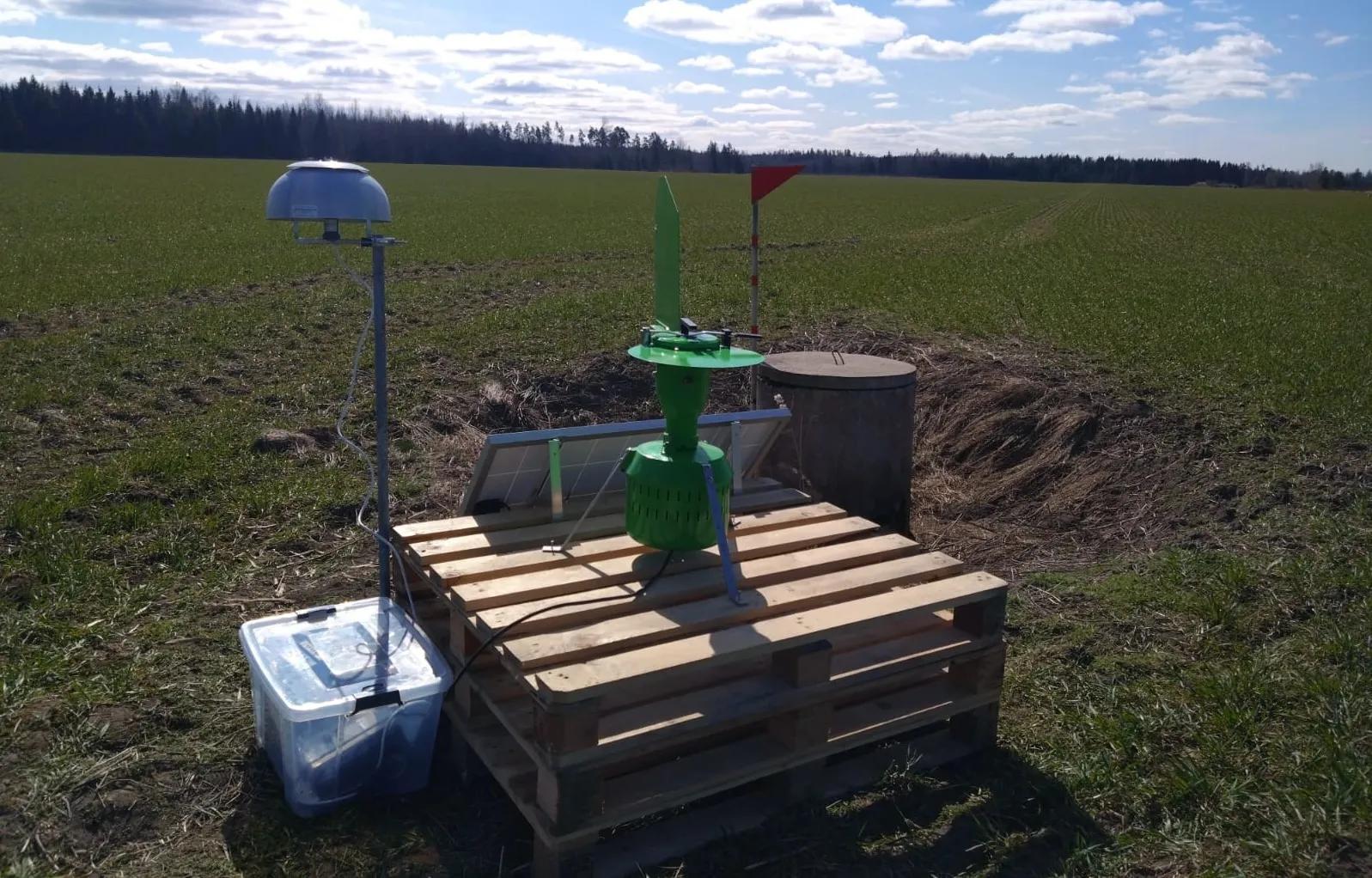
Identifying infection risk periods, based on spore thresholds in the air, allows for disease detection before symptoms appear.
Estonia currently relies on a plant pest warning system based on visual observations (https://tase.etki.ee/). This system is not suitable for early detection of most pathogens because it takes days and even weeks from infection to the appearance of disease symptoms.
By the time symptoms are visible, the fungus has already largely colonized the plant, and fungicides can no longer perform their function, meaning the pathogen cannot be effectively suppressed.
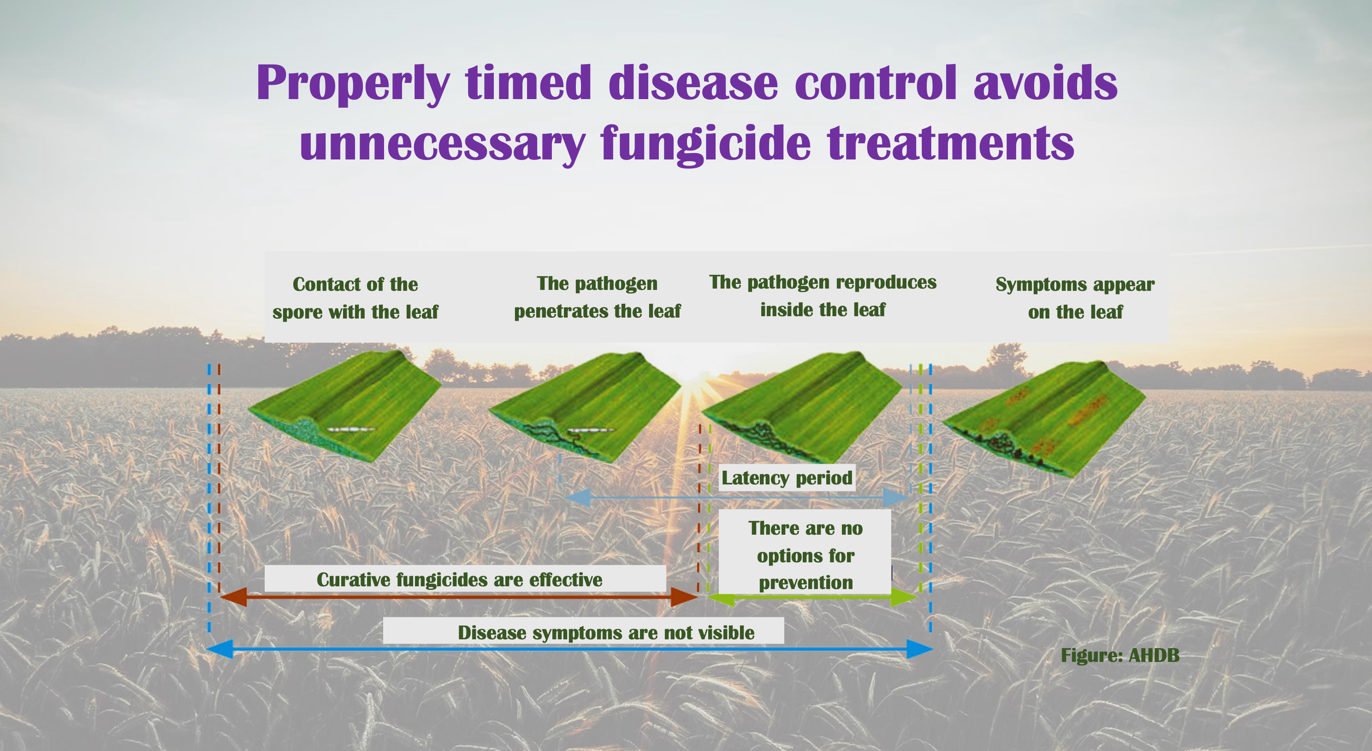
Fungal pathogens causing leaf diseases primarily spread through the air. Both preventive and curative fungicides are used to hinder their spread. Preventive control is effective only if applied before infection, particularly upon direct contact with fungal spores. However, since there are no solutions for precise timing of treatments, spraying is typically carried out based on fungicide manufacturers' recommendations.
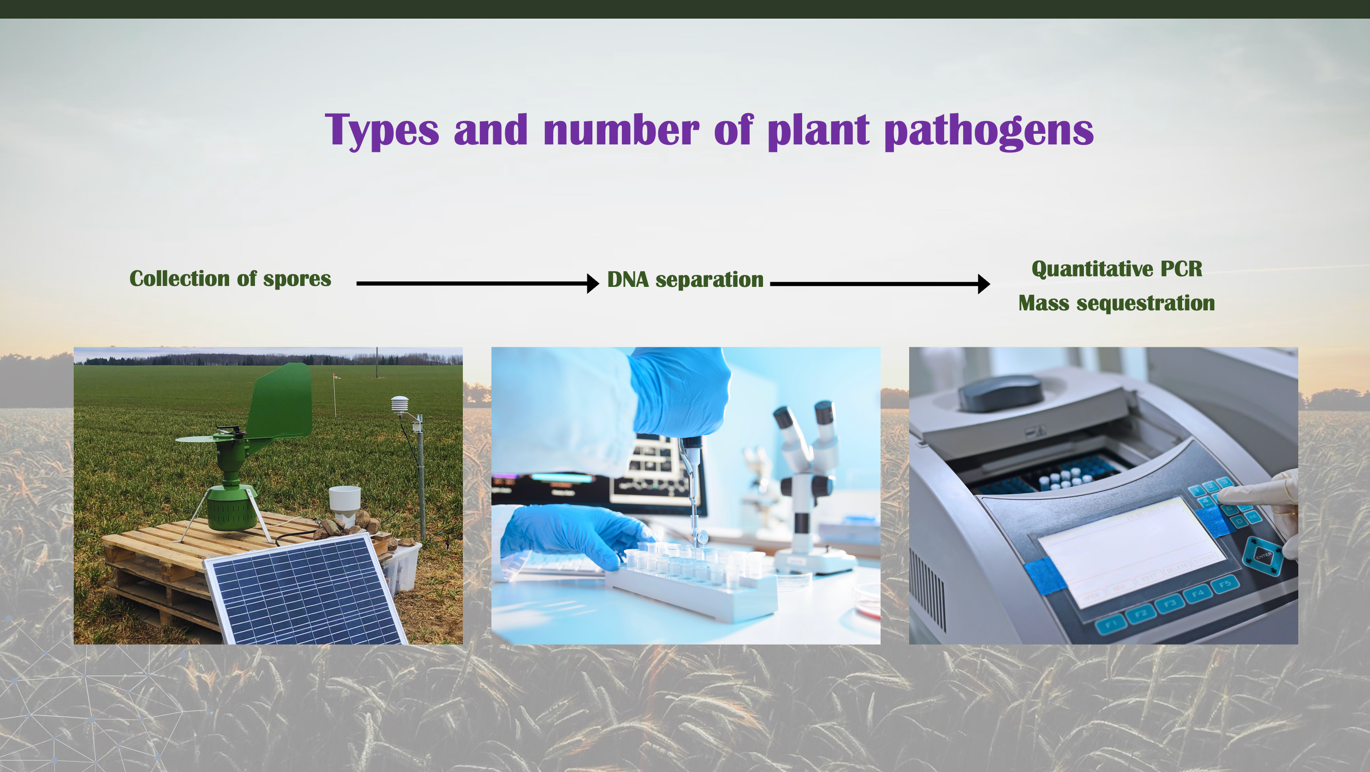
In the project, two spore traps Burkard and Rotorod were installed on two winter wheat fields. Two airborne fungal species Septoria tritici blotch (Zymoseptoria tritici) and Fusarium head blight (Fusarium spp.) samples were collected and using molecular methods their concentrations were detected in the laboratory.

Based on data collected in 2021 using the Burkard spore trap (in the picture) as part of the SoildiverAgro* project, the first predictive model for estimating the occurrence of Septoria tritici blotch and Fusarium head blight in wheat was developed. The accuracy of the preliminary model was evaluated and improved using data collected from March to the end of May 2025. The aim is to determine whether the model methodology is suitable for our region.
The aim of the project is to help farmers accurately time fungicide applications with a region-specific model.
*A pilot study on this topic was conducted as part of the Horizon2020 project SoildiverAgro. A presentation on the pilot study can be viewed here: https://metk.agri.ee/en/network-innovate-regenerative-agriculture.
Poorly timed fungicide spraying over 1,000 hectares can lead to approximately €40,000 in unnecessary expenses. On the other hand, correctly timed fungicide applications improve crop yield and quality, which in turn increases revenue.
For example, a 2021 pilot study revealed that a farmer conducted preventive mildew control on a test field at the usual time, but that year mildew appeared exceptionally early. As a result, the preventive fungicide did not stop the spread of the pathogen. To curb further spread, the crop had to be treated with a curative fungicide. This approach resulted in additional expenses due to excessive fungicide use and financial losses from reduced yield and quality, as the disease could not be prevented or slowed in its early stages.
From an environmental perspective, poorly timed spraying of winter crops on 1,000 hectares means that 500 liters of chemicals are unnecessarily produced and released into nature.
The majority of cereal crop diseases are spread through airborne spores. Developing presice control strategies for these diseases requires knowledge of the concentration of pathogenic fungal spores in the air, climatic parameters (such as humidity, air temperature, precipitation, leaf surface moisture index, etc.), and the interrelationships between these factors.
Estonia and United Kingdom
MTÜ Põllukultuuride klaster
21 June 2024 – 31 May 2025
110761,12 €
Roosi Soosaar
+372 53731509

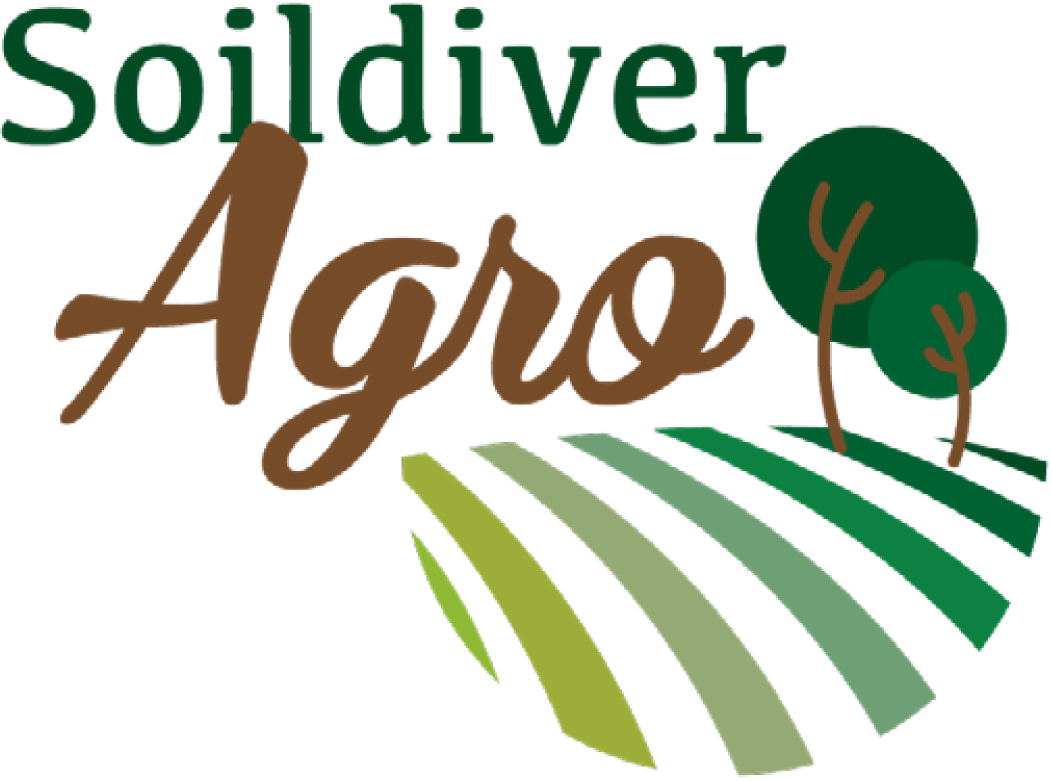

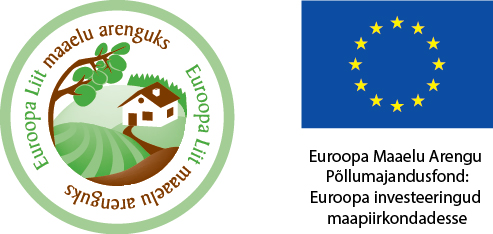

This project was funded through the "Support for the development of new products, practices, processes, and technologies" subsection of measure 16, "Cooperation," under the Estonian Rural Development Plan 2014–2020.





